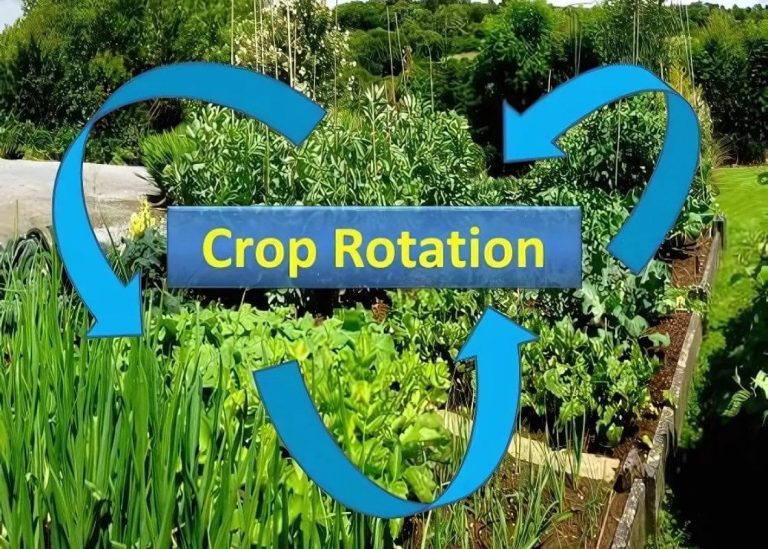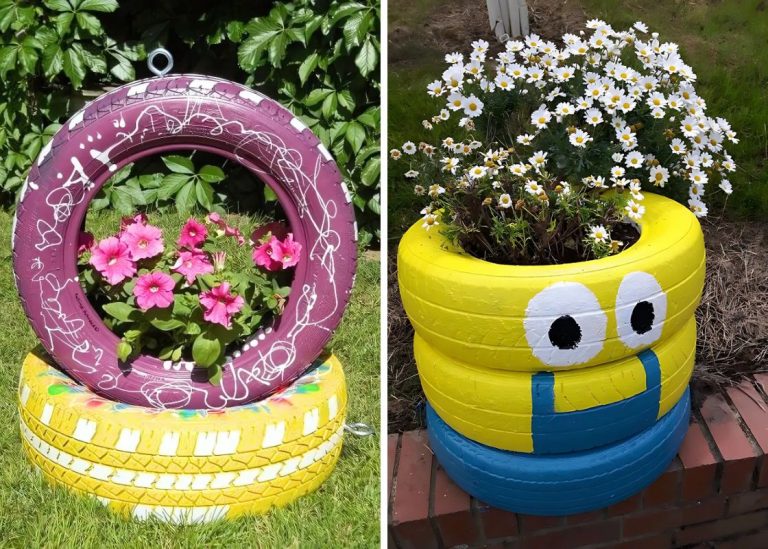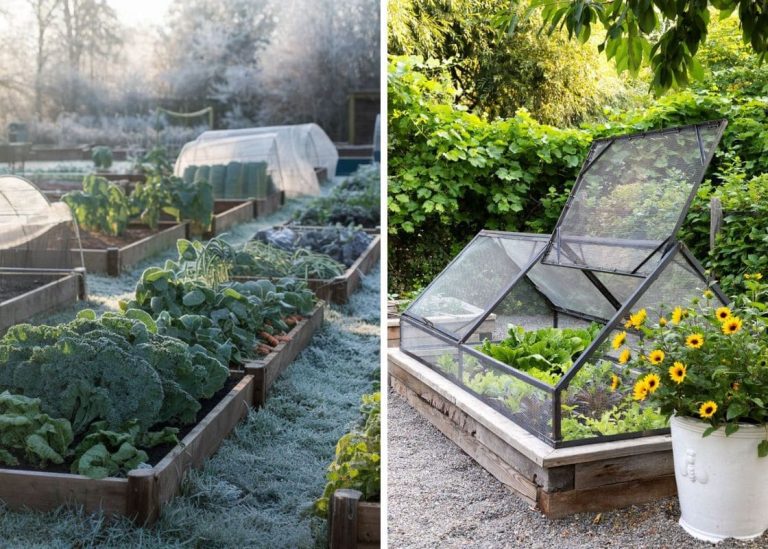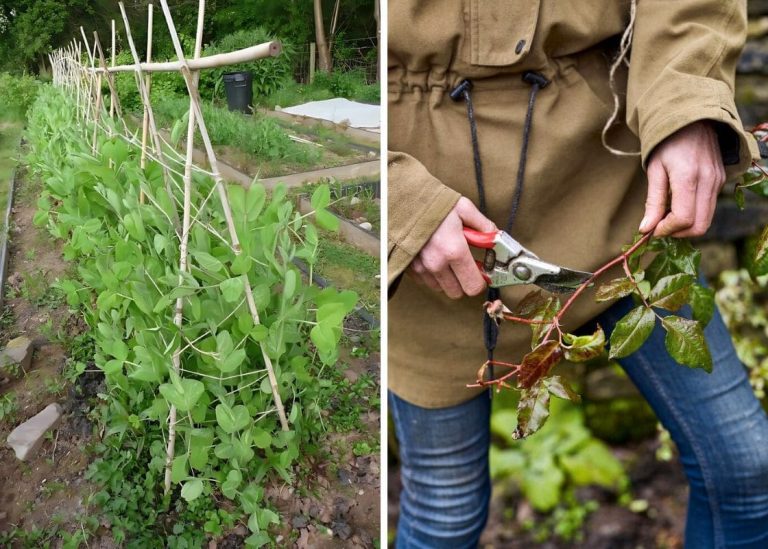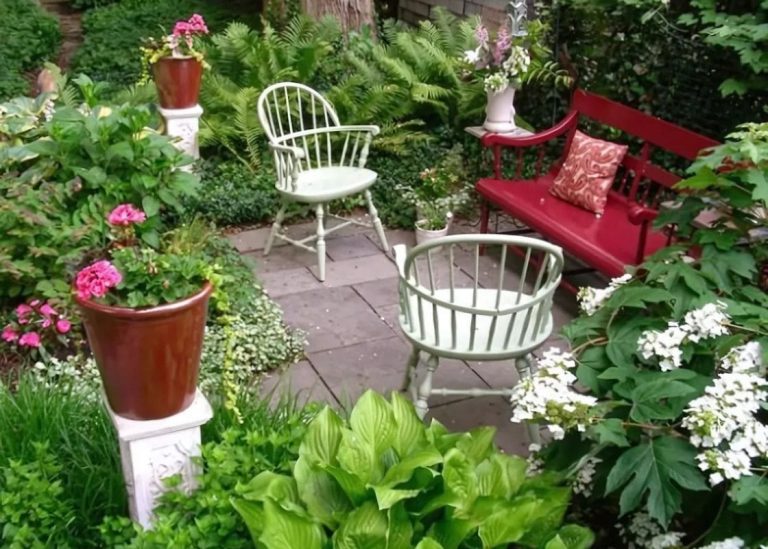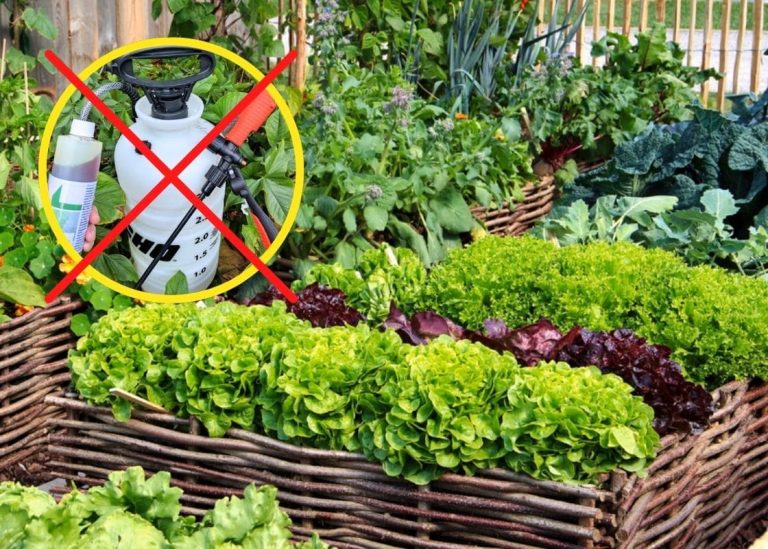Guide on Identifying and Treating Nutrient Deficiencies in Plants
I’ve always believed that plants, much like people, have ways of telling us when they’re not feeling their best.
Sometimes, the signs are subtle, leaves that look a little paler than usual, stems that don’t seem as sturdy. Other times, the symptoms are more dramatic, yellowing leaves, brown spots, stunted growth, or even plants that seem to be struggling despite plenty of water and sunlight.
Figuring out which nutrient your plants are lacking can feel like solving a puzzle. But once you know what to look for, you can correct the problem quickly and get your plants thriving again.
Over the years, I’ve learned to read the signs and use simple, organic methods to restore balance to my soil and keep my plants healthy.
Understanding Nutrient Deficiencies
Plants need a balanced diet just like we do. They get their nutrients from the soil, but if certain elements are missing, their growth suffers.
The three main nutrients including nitrogen (N), phosphorus (P), and potassium (K) are the ones plants need in the largest amounts, but they also rely on secondary nutrients like calcium, magnesium, and sulfur, along with micronutrients like iron, zinc, and boron. When any of these are lacking, plants start showing symptoms that can tell us exactly what they need.
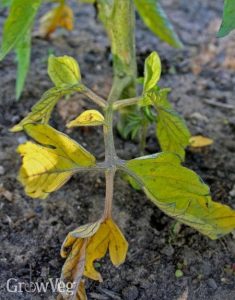
I remember one season when my tomatoes looked stunted and had yellowing lower leaves. At first, I thought they weren’t getting enough water, but after digging deeper (literally), I realized my soil was low in nitrogen.
Once I added compost and a bit of organic fertilizer, they bounced back beautifully.
Common Nutrient Deficiencies and Their Symptoms
One of the easiest ways to figure out a nutrient deficiency is by looking at where the symptoms appear first. Some deficiencies show up in older leaves first, while others affect the newest growth. This little trick has helped me diagnose issues much faster.
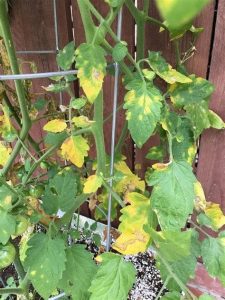
When plants turn pale, yellow, or lose vigor, it’s often a sign of nitrogen deficiency. Since nitrogen is a mobile nutrient, plants will take it from older leaves first, causing them to yellow while the newer growth stays green.
This is a common issue in vegetable gardens, especially if plants are growing in depleted soil. I usually fix it by adding compost, aged manure, or an organic nitrogen source like fish emulsion.
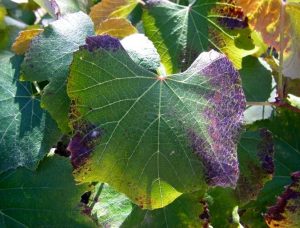
If leaves are purple or reddish, especially along the veins, it’s usually due to phosphorus deficiency. I first noticed this on my pepper plants one year when an unexpected cold snap slowed down nutrient uptake.
Cool temperatures can temporarily make phosphorus less available, but in warm weather, this problem often means the soil is low in organic matter. To correct it, I mix in bone meal, rock phosphate, or composted manure, and my plants quickly regain their color and strength.
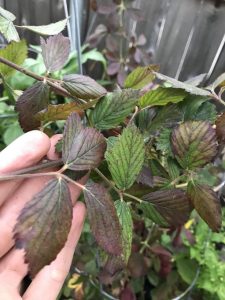
When leaves develop brown edges, curling tips, or weak stems, I know it’s likely a potassium deficiency.
Potassium helps plants fight disease and develop strong roots, so when my plants look weak and susceptible to pests, I check for this first. I like using wood ash or kelp meal to boost potassium naturally.
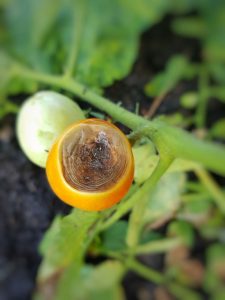
Another tricky one is calcium deficiency, which often shows up as blossom end rot on tomatoes, peppers, and squash. There’s nothing more frustrating than seeing a beautiful tomato develop a black, sunken spot at the bottom just as it’s ripening.
While people often think adding calcium will fix the problem, I’ve learned that irregular watering is usually the real issue. Calcium moves through the plant via water, so if watering is inconsistent, the plant can’t absorb what it needs.
Mulching and keeping moisture levels steady have helped me prevent this problem, though I also add crushed eggshells or gypsum for an extra calcium boost.
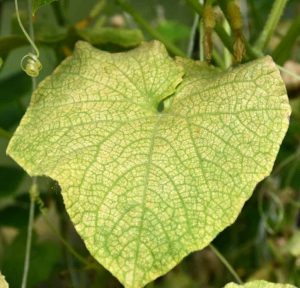
If my plants have yellowing leaves with green veins, especially on new growth, I know they’re struggling with iron deficiency. This is a common issue in alkaline soil, where iron becomes unavailable even if there’s plenty of it in the ground.
I correct it by using chelated iron or adding organic matter to help the soil hold nutrients better.
How to Treat Nutrient Deficiencies Naturally
Over the years, I’ve found that building healthy soil is the best long-term solution. Instead of chasing deficiencies with synthetic fertilizers, I focus on feeding the soil with organic matter so plants get a slow, steady supply of nutrients.
Compost is my go-to fix for almost everything because it improves soil structure, adds nutrients, and encourages beneficial microbes that help plants absorb minerals.
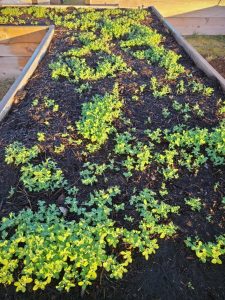
Cover crops have also been a game-changer for me. I plant clover or legumes in my garden beds over the winter, and when I till them under in the spring, they naturally boost nitrogen levels in the soil.
When I need a quick fix, I use organic liquid fertilizers like fish emulsion, seaweed extract, or compost tea. These provide a fast-acting nutrient boost, especially for leafy greens or struggling plants that need a quick recovery.
Another trick I’ve learned is mulching with natural materials. Grass clippings, shredded leaves, and straw slowly release nutrients while keeping moisture levels steady.
Observing and Adjusting as You Grow
One of the best things about gardening is that it teaches you to pay attention and adapt. No two seasons are the same, and soil conditions can change depending on the weather, rainfall, and what was grown in a particular spot the year before.
So, if you ever notice yellow leaves, weak growth, or unusual discoloration, don’t panic. Your plants are just asking for a little extra care. Take a moment to observe, test your soil if needed, and give them the nutrients they need in the most natural way possible.


